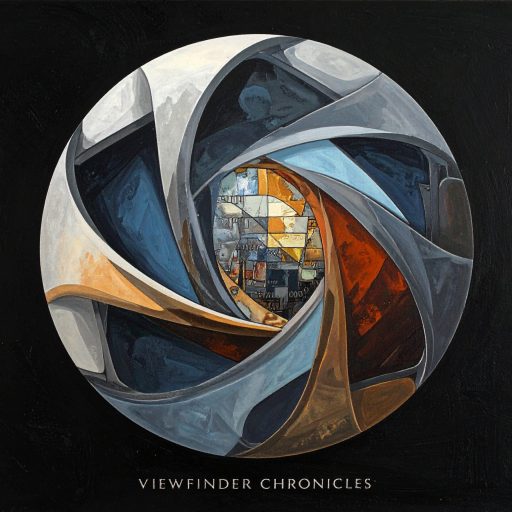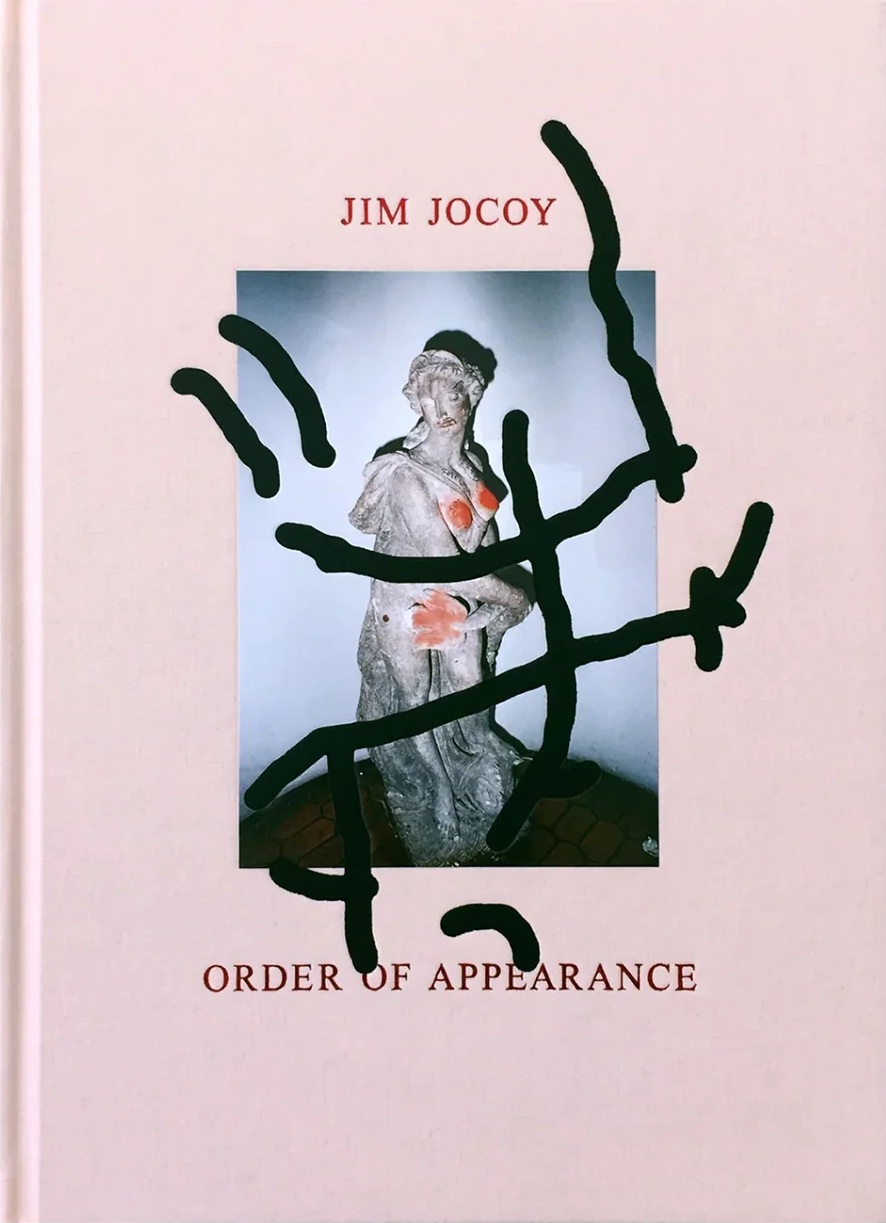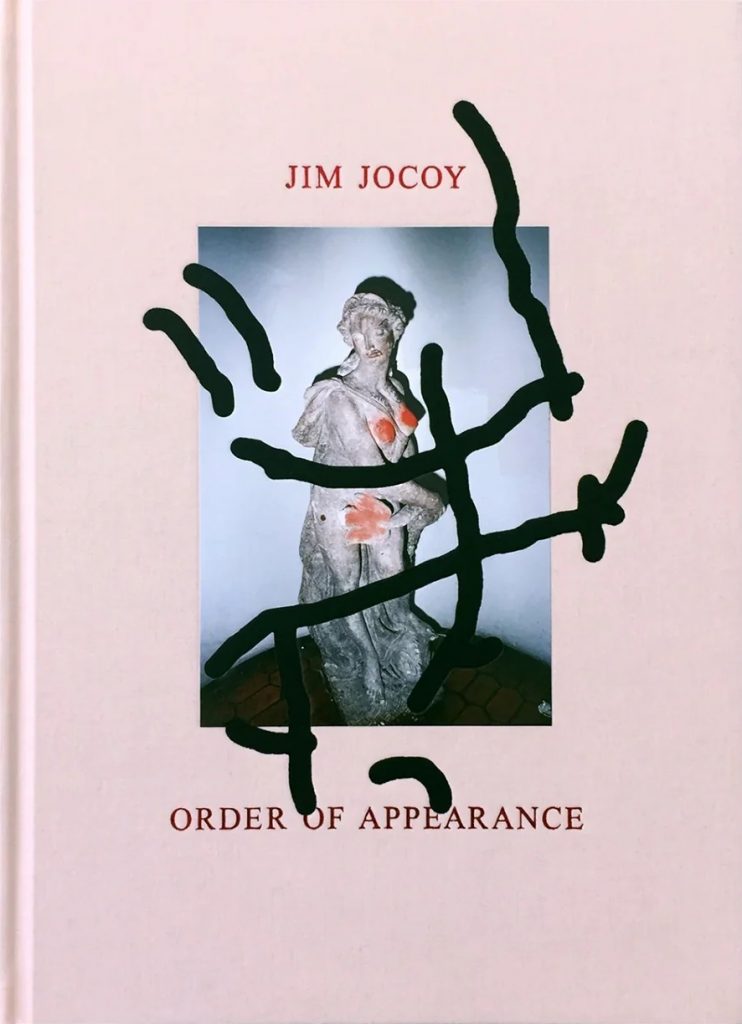
The first time I ever felt the visceral, raw energy of a music scene, it was not in some cavernous arena but in the cramped, sticky spaces of a rock club in December, Aberdeen 1993, a few weeks before my 16th birthday in February. I was barely a teenager, but in the sweaty, pulsating crowd, having my first ever taste of alcohol and I felt a sense of belonging I had never known before. The band wasn’t even a band as it was jamming night playing Led Zepplin, AD/DC, Black Sabbath, Sex Pistols and the likes but it felt like they were doing more than playing music. Being a skateboarder and having friends who were a vibrant mix of rockers, grungers, punks, and indie kids, this world was a familiar one to me. It was a time when tribes were forged not by geography but by shared music and a similar disaffected view of the world. This is why Jim Jocoy’s Order of Appearance, a book that meticulously chronicles San Francisco’s original punk scene, hit me with such a profound, melancholic force. It is not just a book of photographs, it is a mirror reflecting a deeply human need for kinship and a home in the fringes. It is a tangible echo of a time that was happening across the globe, in different cities, in different venues, but with the same shared spirit.
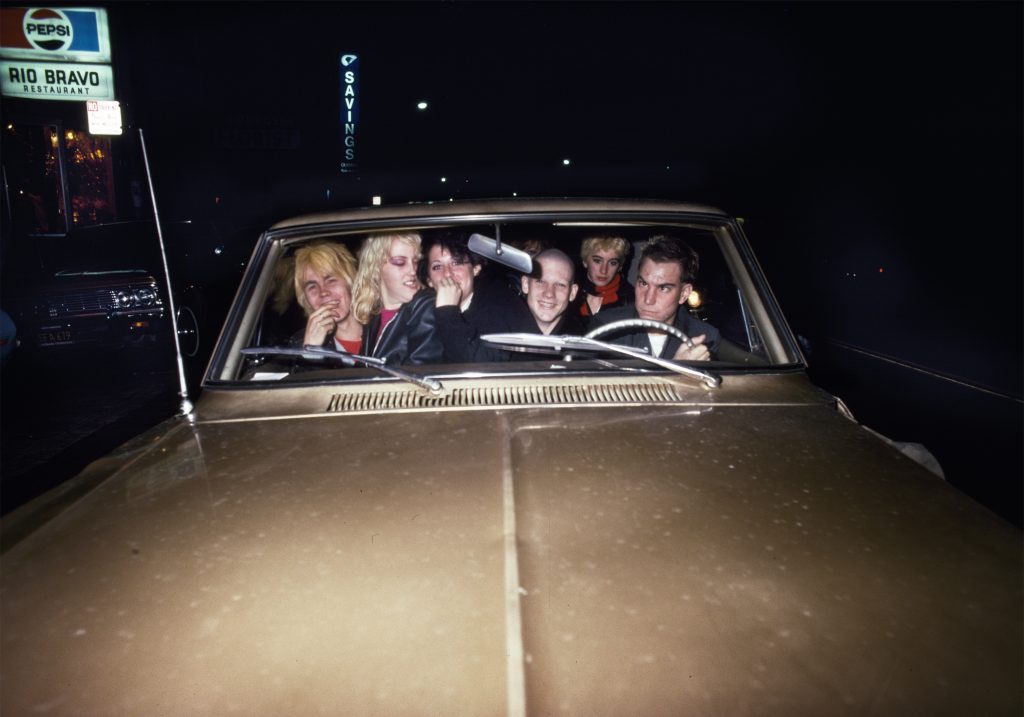
What TBW Books has done with this collection is a true act of artistic vision. They took over 500 images from Jim’s archive and meticulously mapped a story out of them, one that Jim himself says he had not even realised existed. This is the ultimate act of curation, a testament to the fact that a truly great book is a collaborative art form, a dance between the artist and the publisher. The physicality of the book feels raw and honest, perfectly suited to the subject matter. There is no slickness, just a visceral, unflinching look at an era long gone. The sequencing of the photographs, which are presented as a coherent narrative with a beginning, a middle, and an end, gives us an intimate glimpse into a world that was both chaotic and profoundly personal. It is the work of a documentarian who understood that the spectacle was not on the stage, but in the crowd. Jim’s choice to turn his lens on the everyday gig goers and music lovers is what makes this book such a gut punch. He gives dignity to the outriders and finds beauty in the wild.
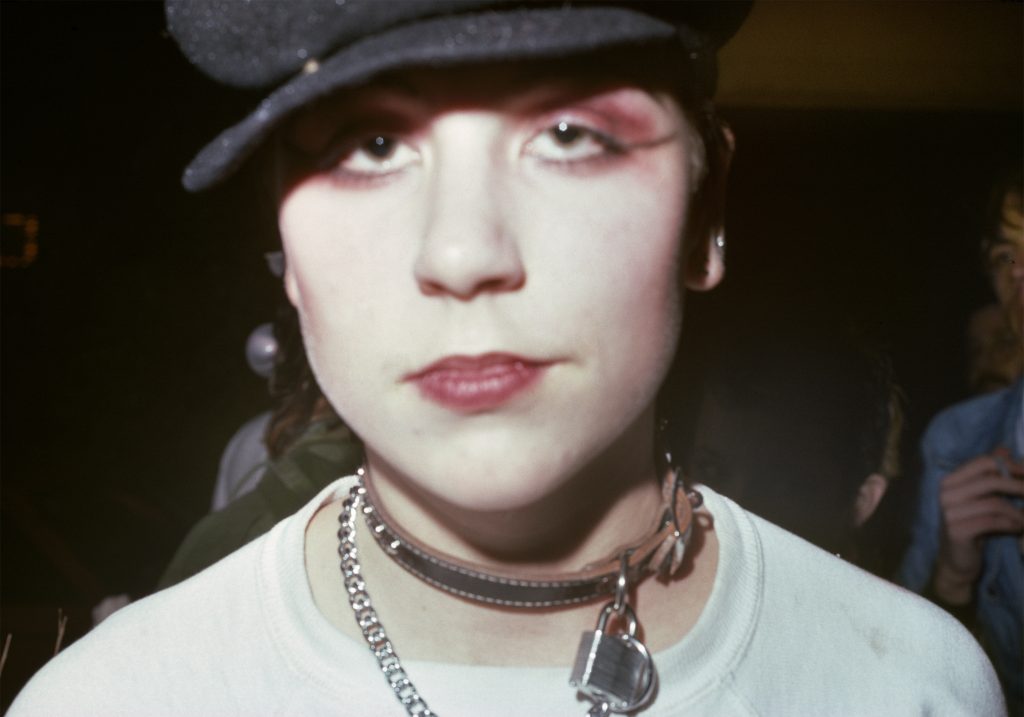
One photograph that at once grips me is the one of a group of young revellers crammed into a gold hued car under the night sky. Their faces are alight with mischievous grins and wild hair, framed against a glowing Pepsi sign. It feels like they are frozen in the midst of a joyride, a momentary escape from a world that often felt hollow and empty. This single image makes me contemplate the fleeting nature of camaraderie, and how these brief, intense connections can shape our sense of self in turbulent times.

Then there is the haunting close up of a young figure with a fierce, defiant gaze, donning a black cap and dramatic eye makeup. Her gaze is piercing yet vulnerable, accentuated by a chain link choker with a dangling padlock. It speaks to a kind of locked in rebellion and the hidden fragilities of identity. This shot reminds me of my own photos of friends who, through a mask of bold makeup and new personas, were experimenting with who they were, both shielding and revealing their innermost turmoil. Another frame that draws the eye is of a solitary person viewed from behind, adjusting a top in a cluttered closet mirror. The reflection captures a quiet introspection amid hanging garments in plaid and blue, prompting me to reflect on the performative nature of self-presentation within a subculture where appearance is not a conformity but a defiant art form.
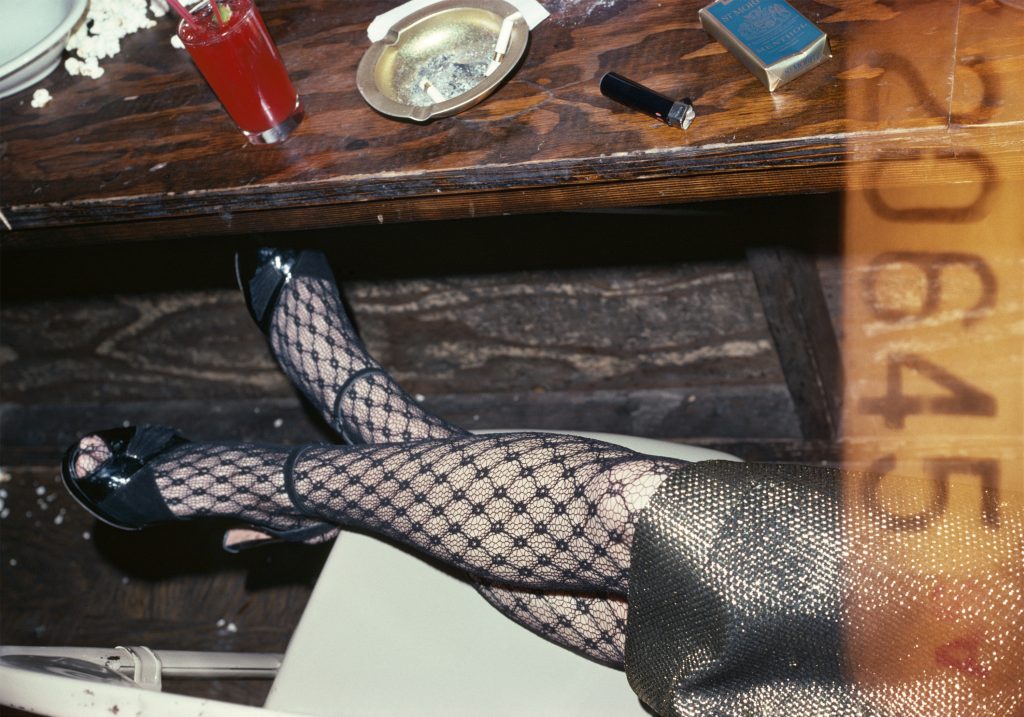
The image of a bespectacled youth in a car, bathed in the dim interior light, with lips parted and eyes tilted upwards in what seems like dreamy contemplation, carries a poignant melancholy that echoes the introspective pauses in my own archives from gigs where exhaustion mingled with exhilaration. And then there is the unexpected, almost surreal humour of the husky dog perched alertly in the back of a police car, its fur illuminated against the dark windshield. It injects a quiet, ironic comment on the watchful eyes of authority hovering over youthful anarchy. This is a moment of pure genius, a small detail that speaks volumes about the tension between the punks and the world that was trying to hold them.
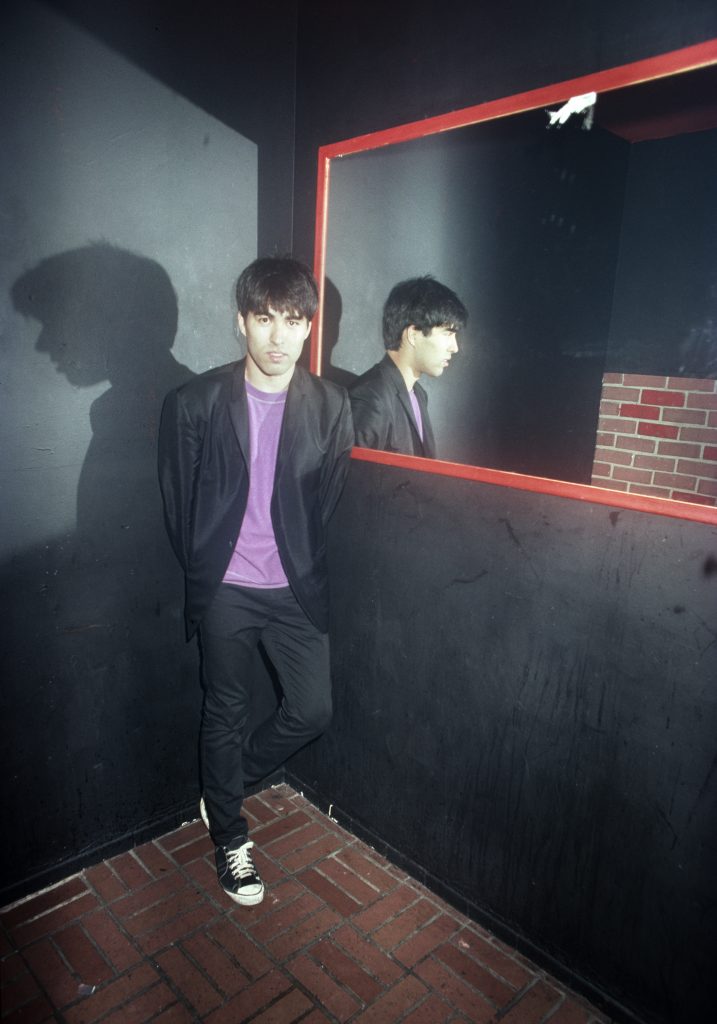
The evocative detail in the crossed legs clad in intricate fishnet stockings, resting atop a wooden table scattered with a crimson drink and smudged with ash, conveys a raw sensuality and post revelry languor. It delves into themes of indulgence and the human body’s role in expressing dissent, a moment of defiant grace captured at the end of a long night. Equally compelling is the self portrait of a young man slouched against a shadowy wall, his reflection in a red framed mirror revealing a contemplative stance. It explores duality and the mirrors we hold up to our evolving selves in moments of solitude, a feeling I have known well.
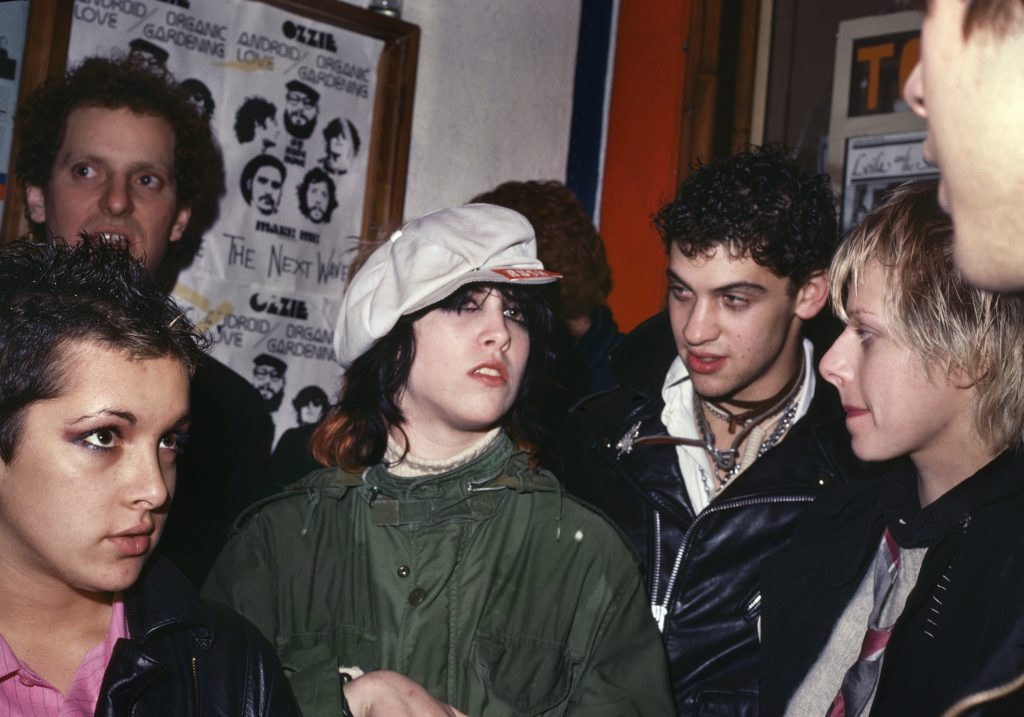
What is so fascinating about Jim’s process is his focus on “the art of subtraction,” of kicking a can out of the way to clean up the picture. It is a simple philosophy, but it speaks to a deeper understanding of visual language. He was not creating a grand, sweeping statement. He was capturing a series of truthful impressions. This is a book full of vulnerability and a kind of fierce beauty that can only be found in the margins. It makes me think about my own kids and how their generations are finding their tribes and their voices, though in different spaces. This book is a poignant reminder that while the venues and the music may change, the human need for connection and a shared sense of belonging stays. The fact that Jim never intended to publish these images, that they were simply for himself and his friends, only adds to their power. They are a profound personal history, now shared with the world, a testament to the enduring power of a story told from the heart. The book also gives a glimpse into a scene that was not just about chaos and anarchy, but a scene that also about making friends, having fun and excluding no one. It’s a testament to the fact that these people were far from being mindlessly nihilistic.
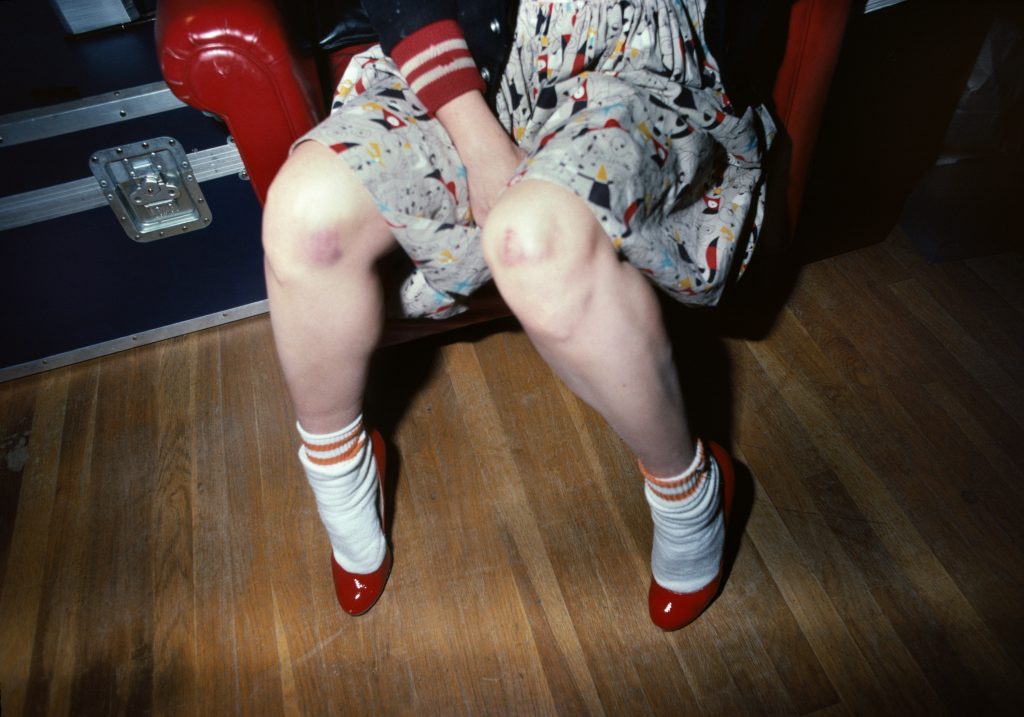
Order of Appearance leaves me with a renewed hunger to embrace the chaos of life’s fleeting appearances. It urges us all to hold onto those visceral sparks that define our shared humanity, those moments of love, loss, and self-discovery. The book highlights the importance of capturing these people and their practices, as sometimes, photographs are all that remain of a life that was lived fully and on the edge. It is a beautiful and essential volume that reminds us of the power of a single moment captured in time, of the profound truth that can be found in the quiet corners of a loud, unapologetic world. It is a book that I will be coming back to again and again. Most of all it makes me miss being a teenager with not a care in the world going to the Mudd Club for rock night on a Thursday, Hip Hop night at Pelican on the Friday, Glider for Indy music on the Saturday then Disco 2000 for a mix of them all on the Monday with about a gig a month minimum, Glastonbury in 98 and every T-In the park from 94 to 2000.
Really great bohttps://tbwbooks.com/products/order-of-appearanceok. It is visceral, raw and real.
Regards
Alex
